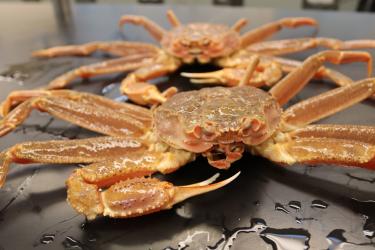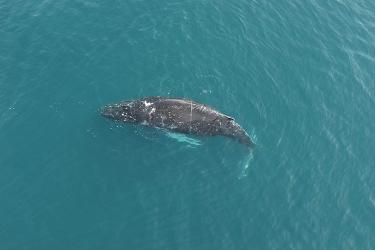The National Marine Fisheries Service (NMFS) is revising the 2020 total allowable catch (TAC) amounts for the Bering Sea and Aleutian Islands (BSAI) pollock, Atka mackerel, and Pacific cod fisheries, effective 12 noon, Alaska local time, January 1, 2020, according to James W. Balsiger, Administrator, Alaska Region, NMFS.
NMFS is increasing the 2020 Bering Sea pollock TAC from 1,420,000 metric tons (mt) to 1,425,000 mt, increasing the 2020 Atka mackerel TAC from 53,635 mt to 59,305 mt, increasing the 2020 Bering Sea Pacific cod TAC from 124,625 mt to 141,799 mt, and decreasing the 2020 Aleutian Islands Pacific cod TAC from 14,214 mt to 13,796 mt. This action is necessary because NMFS has determined that the current 2020 BSAI pollock, Atka mackerel, and Pacific cod TACs are incorrectly specified. The TACs currently specified for 2020 are different than the associated TACs derived from the latest stock assessment information.
The 2020 TACs are scheduled to be updated in late February 2020, based on the latest stock assessments. However, the BSAI pollock, Atka mackerel, and Pacific cod fisheries are likely to harvest the entire A season apportionments before the updated harvest specifications are effective. For 2020, NMFS must therefore increase the BSAI pollock, increase the Atka mackerel, increase the Bering Sea Pacific cod, and decrease the Aleutian Islands Pacific cod TACs, as well as associated seasonal apportionments for both species, prior to the updated harvest specifications. The Steller sea lion protection measures at 50 CFR 679.20 require the seasonal apportionment of the annual TAC to reduce the potential for competition for prey species between Steller sea lions and the pollock, Atka mackerel, and Pacific cod fisheries. The seasonal apportionment is necessary to prevent the likelihood of the groundfish fisheries causing jeopardy of extinction or adverse modification of critical habitat for Steller sea lions.
This information bulletin only provides notice of a fishery management action. For the purposes of complying with any requirements of this action, you are advised to see the actual text of the action in the Federal Register.


